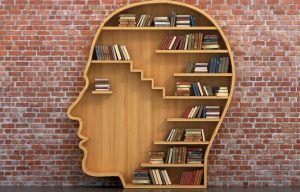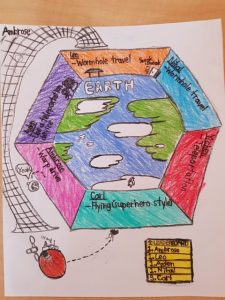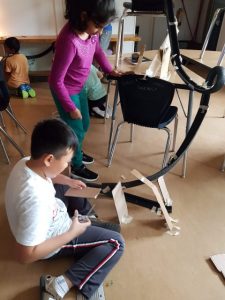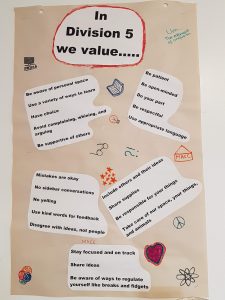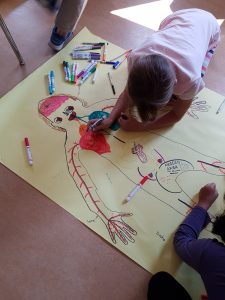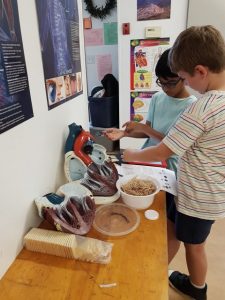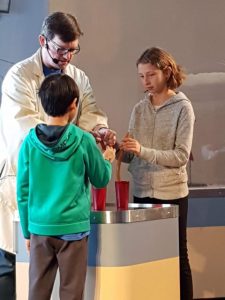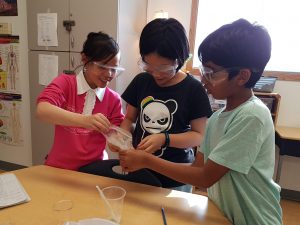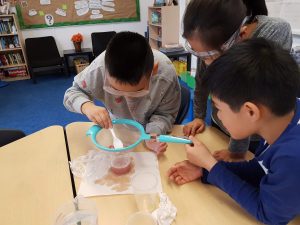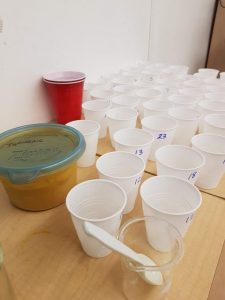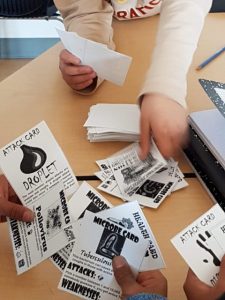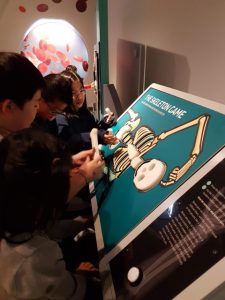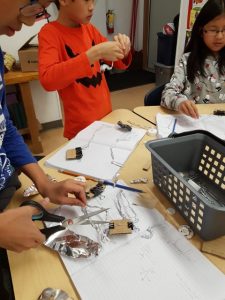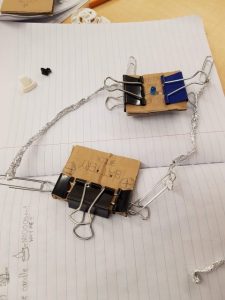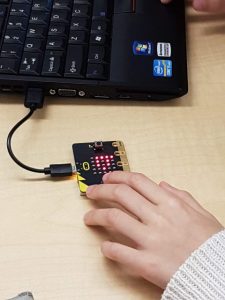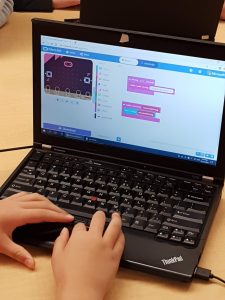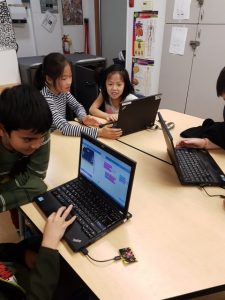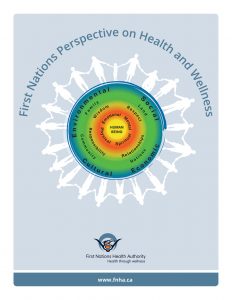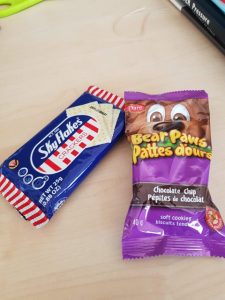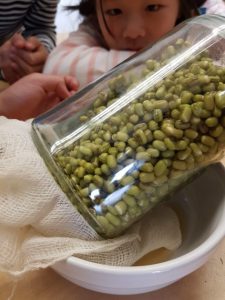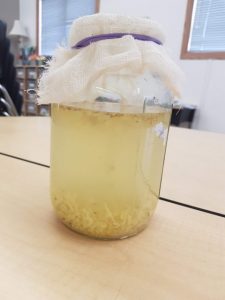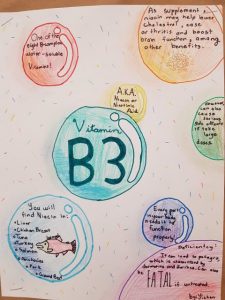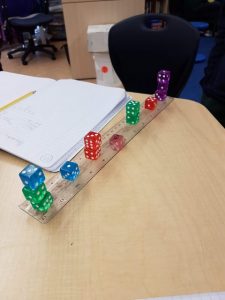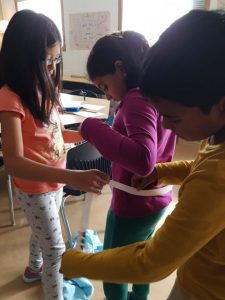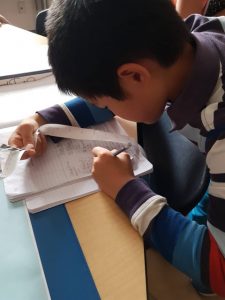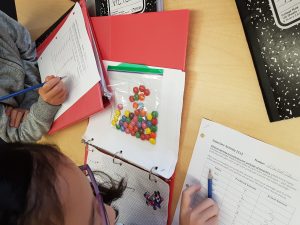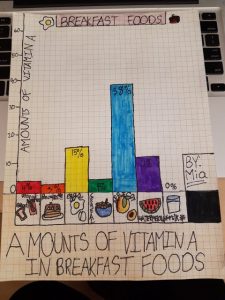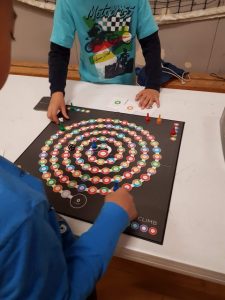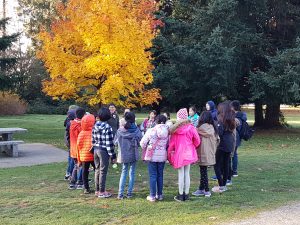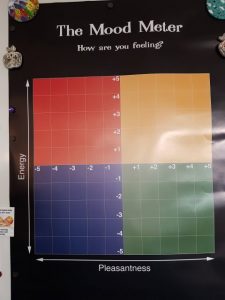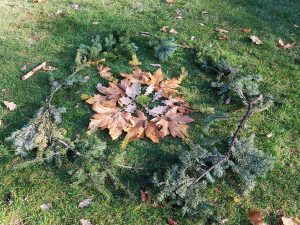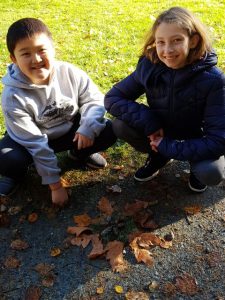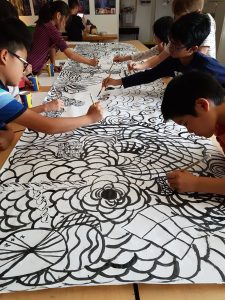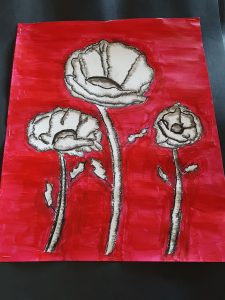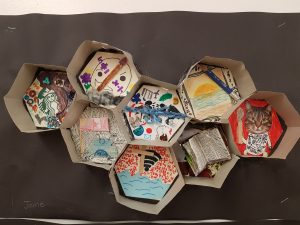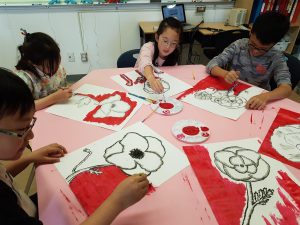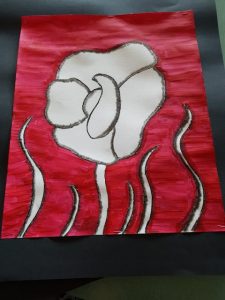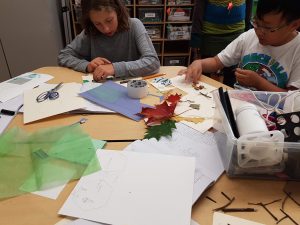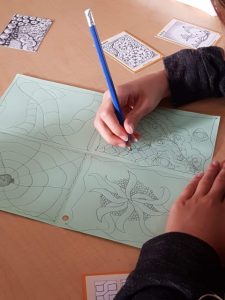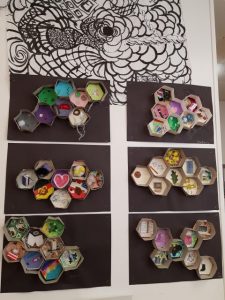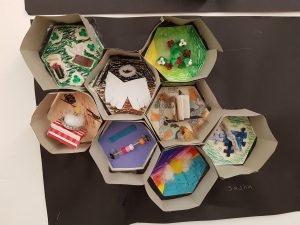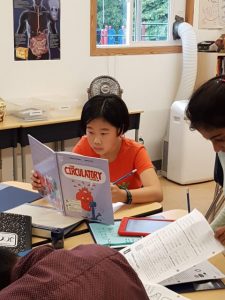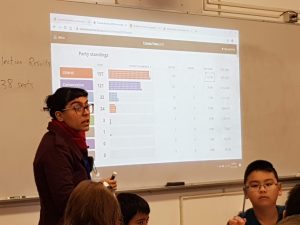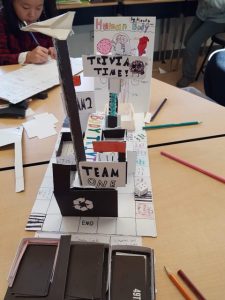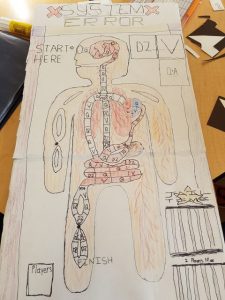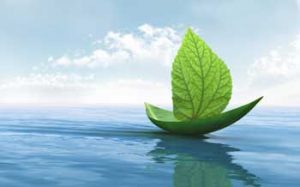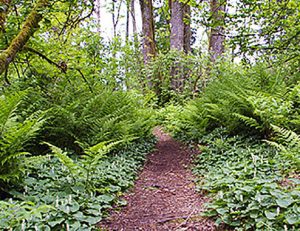Independent Project Process — Project-Management Skills
Hello Everyone!
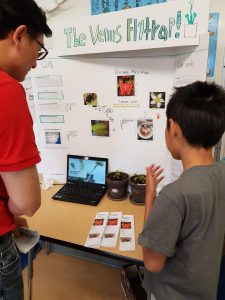 Independent project not only allows everyone to research something personally engaging to them, but also provides opportunities to learn project-management skills. Students will need to think ahead, find resources, document findings, and present their conclusions to the public in an interesting way. It is an exciting process that will be going on all during term three!
Independent project not only allows everyone to research something personally engaging to them, but also provides opportunities to learn project-management skills. Students will need to think ahead, find resources, document findings, and present their conclusions to the public in an interesting way. It is an exciting process that will be going on all during term three!
We have already talked about all of this in class, but here is a recap on the blog to refer to. We will be talking each week prior to presentation day about the mini goals to help keep us on track. I recommend using your agenda carefully to keep track of both unit and independent project (IP for short) work.
Independent Project Requirements:
- Choose a topic that is personally engaging and important to you
- Create questions to research using the wonderings board as a guide (in class)
- Document your research, recording notes in your own words
- Record resources and create a formal bibliography to show on presentation day
- Use secondary resources that include online sites, books, and encyclopedias
- Do primary research and document it in some way
- Make a presentation to the public in an engaging, creative way (your choice)
- Include some writing and something interactive as part of your presentation
- Prepare some talking points on index cards prior to the presentation on June 10
- Optional: Have a handout to distribute on presentation day
What is primary research? Here are some examples, and ask if you need help:
- Do an experiment! Take pictures, record results, and write up your lab using the scientific method.
- Do an interview with an expert. Create interview questions before you start, have Ms. D look them over, set up the interview, and record the results of the interview as part of your notes. Take a picture if possible!
- Visit a location and have a new experience! Record your visit with pictures and notes. Include this information as part of your presentation.
- Learn to do something for the first time! Learn through your research how to make or do something. Examples from past years — make an animation, create a micro controller, do a stop motion movie, make a painting, create a detailed model, or take care of a new pet! Document what you do with pictures and notes, then include this as part of your presentation.
What is required for the presentation?
- Something visual, but it does not have to be a poster or trifold presentation. I tell everyone that doing a poster is what we are most comfortable with, but I encourage students to get creative! Having a visual can include a model, an interactive display, a set up of an experiment, a game people can play, and/or something people can see and read on a visual background display like a piece of poster board or simple cardboard display. Unlike a science fair, a trifold is not required.
- Some writing about your project provided on a handout, a simple display, etc.
- A bibliography that is printed out in 12 size font, with a title and your name, displayed somewhere at your station in the classroom during the presentation.
- Index cards with talking points to help you know what to say when adults ask you about your topic. Record the key ideas you would like people to walk away with when they leave your station.
What kinds of creative displays are allowed?
- Be creative! Models, games, taste tests, experiments, cartoons, computer displays, etc.
- Be engaging! People won’t read a ton of writing on a trifold. They also don’t watch long PowerPoint presentations. So, look for things people can DO and EXPERIENCE, or things in your display that you can actively talk about.
- You can use technology. One laptop or one iPad is available to you, and we will have a sign up before the day of the presentation so you can tell Ms. D what you need and arrangements are made ahead of time. You must tell Ms. D BEFORE the day of the presentation what you need.
- You can have handouts. Handouts for photocopying must be given to Ms. D the Friday before the presentation on June 5th. I will make a limited number of handouts for you.
- Art and building supplies are available. I have some cardboard, building materials, and art supplies. Please don’t wait until the last week to ask for what you need. Also, I don’t have trifolds for people. If you want one, you will need to purchase at a Dollar Store, but it is NOT required. I can provide simple poster board
- Be careful of size — we have 23/24 people presenting in the classroom, so we can’t all have our own table. Bigger doesn’t necessarily mean better. Just run your idea by Ms. D so we know it will fit in the classroom space.
- Avoid water/liquids. We have had trouble in the past with anything liquid, because lots of people are in the space and water can spill. If you absolutely must have water, please tell Ms. D ahead of time.
- Bring what you need for the day of the presentation! Serving food? Bring utensils and napkins. Need a special tool? Ask ahead of time or bring your own on the day of.
- Need something printed? Last day to give me anything to be printed is June 5th, Friday. We can’t be dealing with the printer at the last minute. Thank you!
I am having trouble finding resources. What should I do?
- Use communication and self-advocacy skills to speak up and let Ms. D know you need help. Ms. D will help you get on track, help you find websites, or brainstorm ways to expand your research.
- Ms. Ho, our school librarian, is looking for resources that will be sent from high school libraries throughout the District. These books will be available in the classroom only, and Ms. D will provide you with time to use them and take notes.
- Ms. D has sent out the topics to our Advanced Learning Team for any contacts and ideas.
- Ask your parents for help, as well, because they may have knowledge of the topic, or be able to refer you to someone for help.
- Go to the public library — preferably the main one — and ask the research librarian for help. Don’t limit yourself to the kids section, as some of what you need may be in the adult non-fiction area. You will need guidance, so ask for help. That’s what the research librarian is for!
How can I stay on track with this project?
- When you receive time in class to do projects, please use the time wisely!
- Use strategies such as taking breaks, using alternative spaces to work so you can avoid distractions, and mindful breathing — anything that helps you to stay focused during work periods.
- Use your agenda and a calendar. Make mini goals for each week and check in to see that you have accomplished them.
- Use the handouts Ms. D will give you, such as the bibliography example, so making a bibliography isn’t difficult for you. Ask for help if you need it!
- Set aside at least 30 minutes after school, preferably before 8PM so you are not too tired to do work, to catch up on anything for the project.
- Communicate calmly with Ms. D and/or your parents when you need to ask for help, feel stressed or overwhelmed, or when we ask you if you are okay.
- It is okay for people to check in with you, because we are all here as your supports! Just because we call it an independent project means you need to do everything by yourself.
I hope this helps! There will be a rubric to come that helps us evaluate ourselves and how we used both curricular and core competencies during this learning experience. Remember, it is a learning experience! More important than the final product is the learning process. Focus on what you are learning, even when things don’t go as expected.
I look forward to working with all of you! See you on June 10th for the presentation of independent projects, from 12-2 PM.
Thank you,
Ms. D


